Punchbowl Crater is known by its Hawaiian name, Puowaina, for Hill of Sacrifice and is also designated by the US Government as the National Memorial Cemetery of the Pacific. The crater in Honolulu is an extinct volcanic tuff cone whose name emanates from the shape, roughly resembling a punchbowl, a traditional Hawaiian serving dish. The site has great historical significance as a burial ground for members of the United States Armed Forces and others.
The cemetery is unique with a spectacular natural setting. The “Punchbowl” was formed between 75,000 and 100,000 years ago during Honolulu’s secondary volcanic activity period. The crater “resulted from the ejection of hot lava through cracks in the old coral reefs which, at the time, extended to the foot of the Koolau Mountain Range.” That according to the V.A.
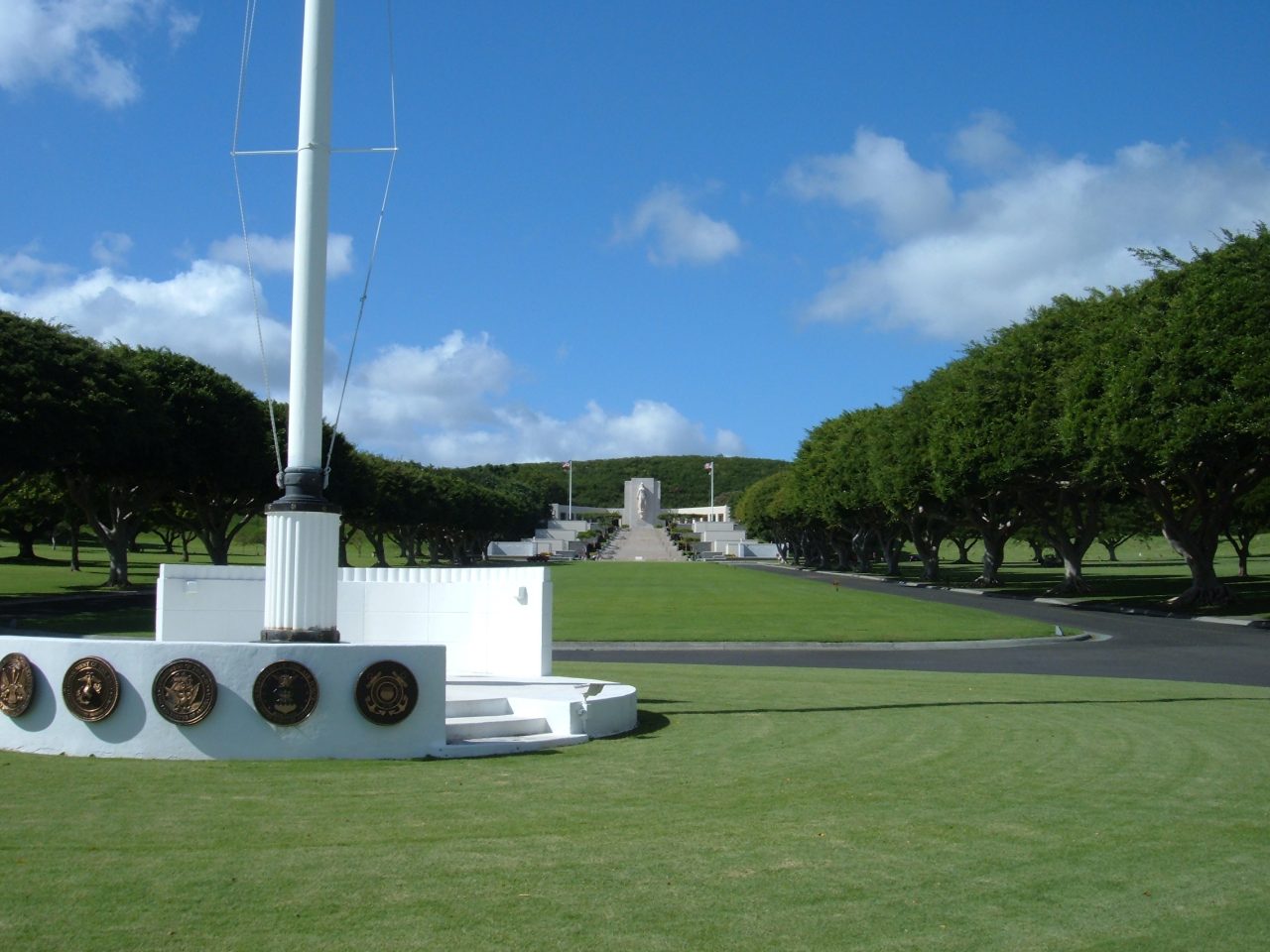

National Memorial Cemetery of the Pacific.
During World War II, the U.S. military used the crater as a placement for coastal artillery. U.S. Congress approved the building of the National Memorial Cemetery of the Pacific at Punchbowl Crater in the late 1940s, when Hawaii was a Territory. It was established to honor and inter the remains of tens of thousands of those who served in the US military.
After its dedication, it became the final resting place for so many, including US military personnel who served in World War II and the Korean and Vietnam Wars. The enormous 16-acre crater is primarily filled with graves. There are more than 53,000 people interred at Punchbowl.


Punchbowl Crater at Veterans Day.
November 11 also marks Armistice Day, when WWI ended on the Western Front in 1918. Many people will visit the National Memorial Cemetery of the Pacific at Punchbowl Crater today to honor and pay respect to those who served and to express gratitude.
A ceremony marks the day, sponsored by the Oahu Veterans Council that includes wreath-laying, a gun salute and a fly-over performed by the U.S. Air Force and Hawaii’s Air National Guard.
Native Hawaiians and controversy at National Memorial Cemetery of the Pacific.
Punchbowl has been controversial, especially regarding its impact on Native Hawaiians, due to its cultural and historical significance. They referred to it as Puowaina, meaning “Hill of Sacrifice.” It is believed many were offered to the Polynesian Gods there or punished there within a hidden heiau.
Sacred and cultural concerns. The crater is considered a sacred place in Native Hawaiian culture. The fact that the site has been used both for military purposes and as a cemetery has raised concerns by those who view that as a desecration of a spiritually important location for Native Hawaiians. Opposition and protests have taken place for many years, given the belief by many that the cemetery never adequately addressed or respected the cultural heritage of the ancestral site.
In spite of the opposition and controversy, and adding to the complexity of ongoing issues, Native Hawaiians who have served in the US military are also buried at Punchbowl Crater’s National Memorial Cemetery of the Pacific
National Memorial Cemetery of the Pacific visitation information.
The cemetery is open daily from 8:00 a.m. to 6:00 p.m.
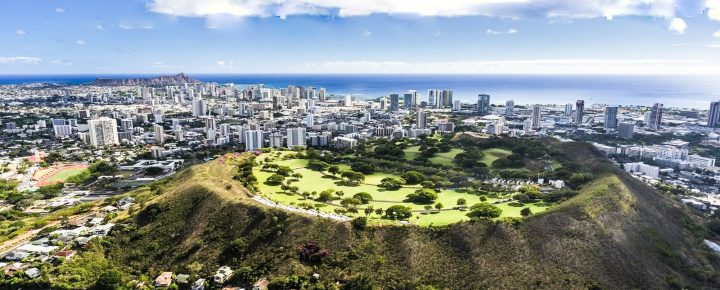
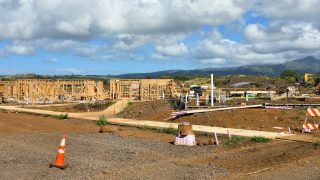

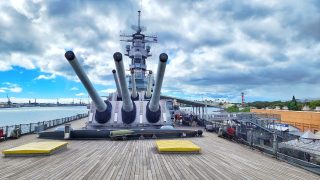

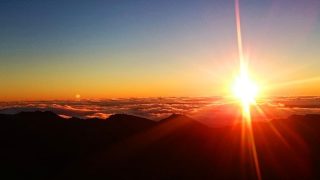

Just another sad example of how the colonizer invades, appropriates and redefines the cultural and religious traditions of the land’s original sovereign inhabitants. The US Govermnent had no business converting a sacred Hawaiian site to a burial ground for the very military that illegally overthrew the Kingdom of Hawaii.
It seems like native Hawaiians are constantly upset with white people & want to blame them for every thing that goes on or went on in the past.
Leith, that is a gross oversimplification to a very complex issue. Native Hawaiians and people of all cultures including North and South Americans have contributed to and shared with them the support and responsibility of protecting the culture of the Hawaiian Islands. There is plenty of Aloha to spread and share for all. None of us should be judging anyone.